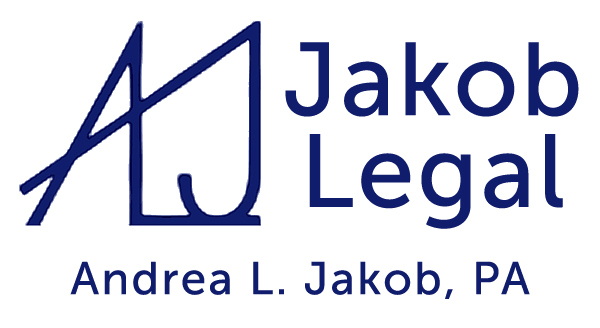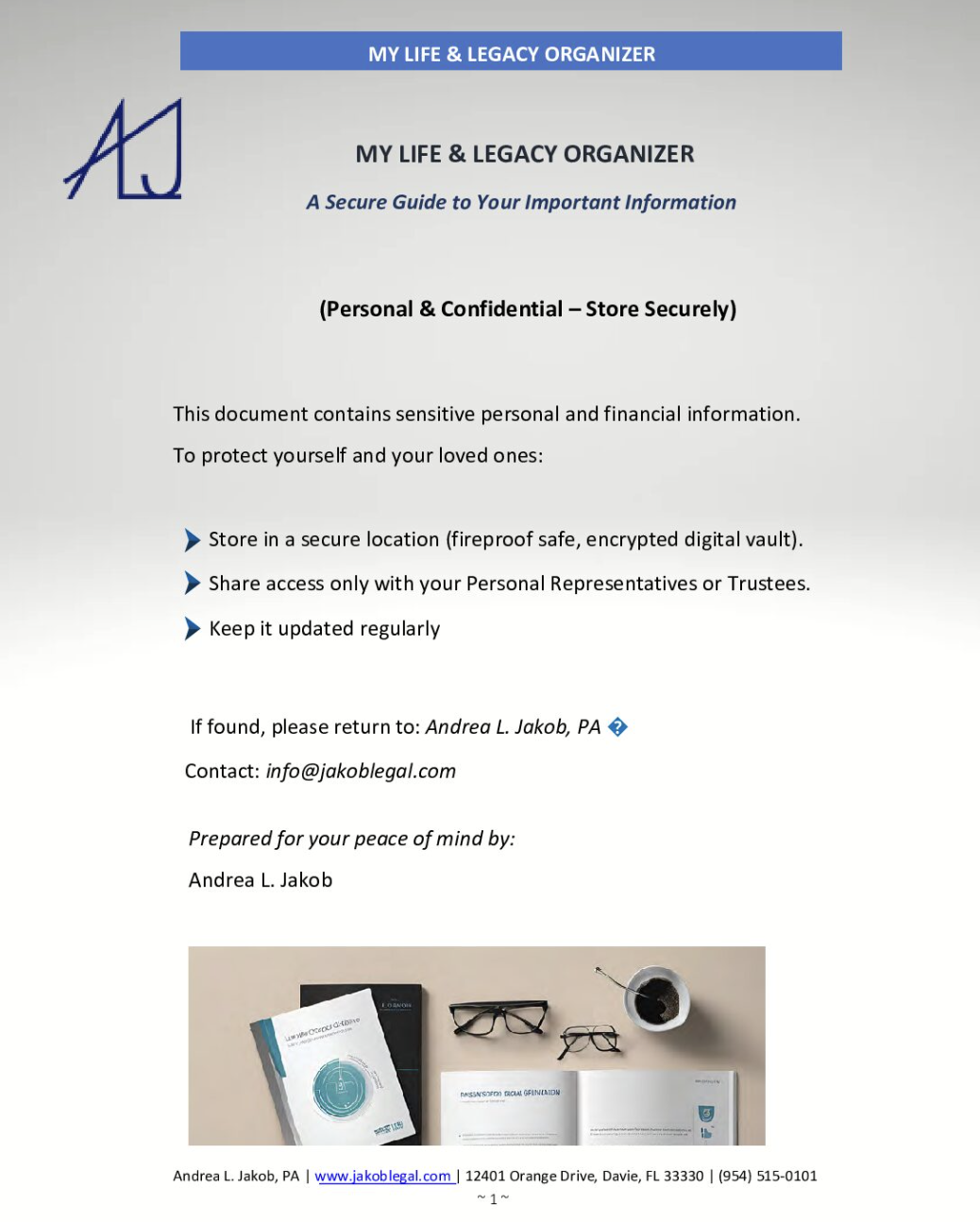Many people believe that once they set up a revocable living trust and change the ownership of their accounts and property from themselves as individuals to their trust, those accounts and property are protected from lawsuits. This is not true.
While trusts commonly protect a beneficiary’s inheritance, few trusts protect assets (accounts and property) previously owned by the settlor (the “trustmaker”) from the settlor’s creditors. Because the settlor can revoke the revocable living trust and often serves as the trustee, courts may determine that creditors can still access the trust’s assets, as the settlor’s control over them remains largely unchanged.
You might think that only wealthy people need advanced estate planning focused on asset protection. However, anyone with any amount of wealth can be sued. To fully protect yourself and your loved ones, consider adopting advanced asset protection strategies, such as irrevocable trusts and sophisticated business structures.
No Immediate Asset Protection? Why Should You Create a Revocable Living Trust?
Fully funded revocable living trusts are still excellent tools. Here’s why:
- You can protect assets passing to your spouse, children, or other loved ones by placing any desired restrictions on the inheritances to ensure that your beneficiaries can still benefit without being in danger of having their inheritance accessible by creditors, predators, or divorcing spouses.

